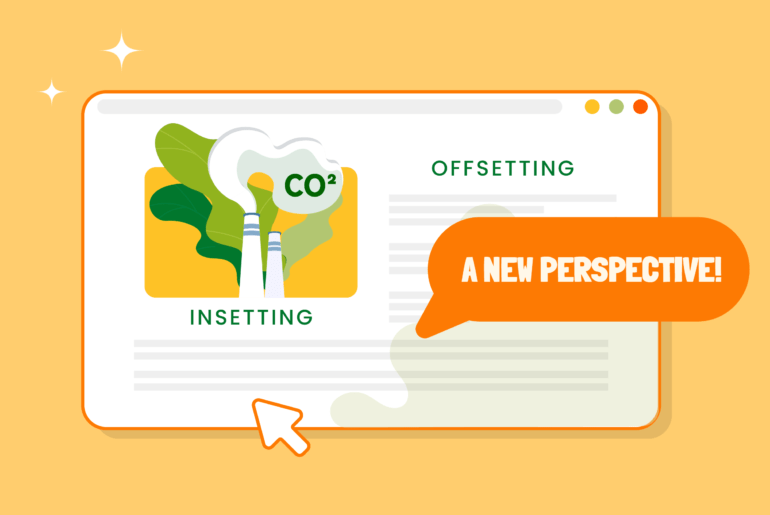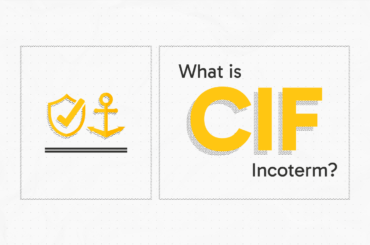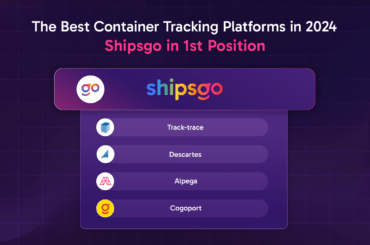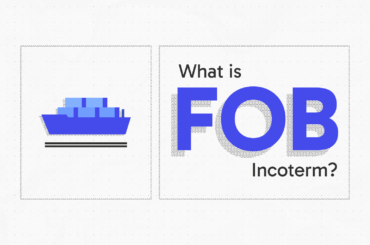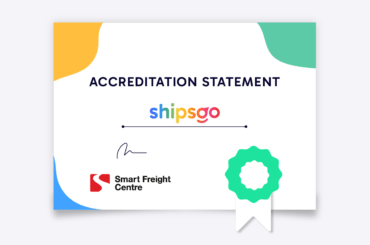While developing our Carbon Offset Service, we examined the factors that pollute the environment in marine logistics. Whether you work in the logistics industry or not, you may be heartbroken when you hear about its environmental impact. It is also not fair to place the blame only on the container ships that provide the trade. It is an issue that everyone, from the end consumer to the carrier, should take responsibility for. So, how do the effects spread to the environment during a ship’s voyage? Then let’s examine what carbon offsetting and insetting are.
What are the differences between carbon offsetting and insetting?
With the Carbon Offsetting service offered by ShipsGo, a new perspective on sustainability has come into the marine logistics industry. So how does Carbon Offsetting work? The carbon emissions made by the company during the journey of the ship it is loading are calculated. In order to balance this Carbon produced, a project is selected, and this project is supported. These projects are presented with two types of offsetting scenarios. The first is “energy efficiency,” and the second is “reforestation.” You can see the details when you enter your dashboard in ShipsGo and click the “Green Future” button.
Another option that we call “insetting” as an alternative to the Carbon Offset option is used within logistics companies. Carbon insetting is when an organization invests in sustainable practices within its supply chain. Carbon insetting support the implementation of practices that sequester Carbon, promote climate resilience, protect biodiversity, and restore ecosystems. While purchasing a project from a certified institution in offsetting, the company produces projects in insetting itself and aims to reduce carbon emissions. That’s the basic difference between carbon offsetting and insetting.
There may be things you may wonder about carbon emissions. 👇
Carbon dioxide (CO2), Methane (CH4), Nitrous Oxide (N2O), Hydrofluoride carbons (HFCs), Perfluorocarbons (PFCs), Sulfurhexa fluoride (SF6), and compounds that have the property of retaining heat in the atmosphere are called greenhouse gases. Since gases such as sulfur and nitrogen oxides, which have a greenhouse effect, also form acid with rain and return to the earth in the form of acid rains, their harms have been understood earlier, and they are gases that were banned many years ago.
One of the most critical greenhouse effect gases (GHG) is Carbon (CO2). Due to the fuel a ship consumes during its voyage, nitrogen oxide and sulfur oxide particles are also emitted in addition to carbon dioxide.
Unless you’re a chemist, it’s normal not to know what these gases are. Now, let’s make them understandable to everyone by addressing the environmental damage they cause. With the accumulation of carbon dioxide, the gas barrier surrounding our world increases, which causes global warming. With increasing temperatures, the climate balance changes, and drought occurs. We see the effect of carbon dioxide accumulation even in foods because drought affects many organisms. With our simple explanation, you can imagine how big an impact carbon dioxide emissions have. On the other hand, nitrogen dioxide and sulfur oxide diffuse as solid particles in the air and cause the ozone layer to be depleted. Depletion of the ozone layer means; It means that harmful rays from the sun directly affect our world.
